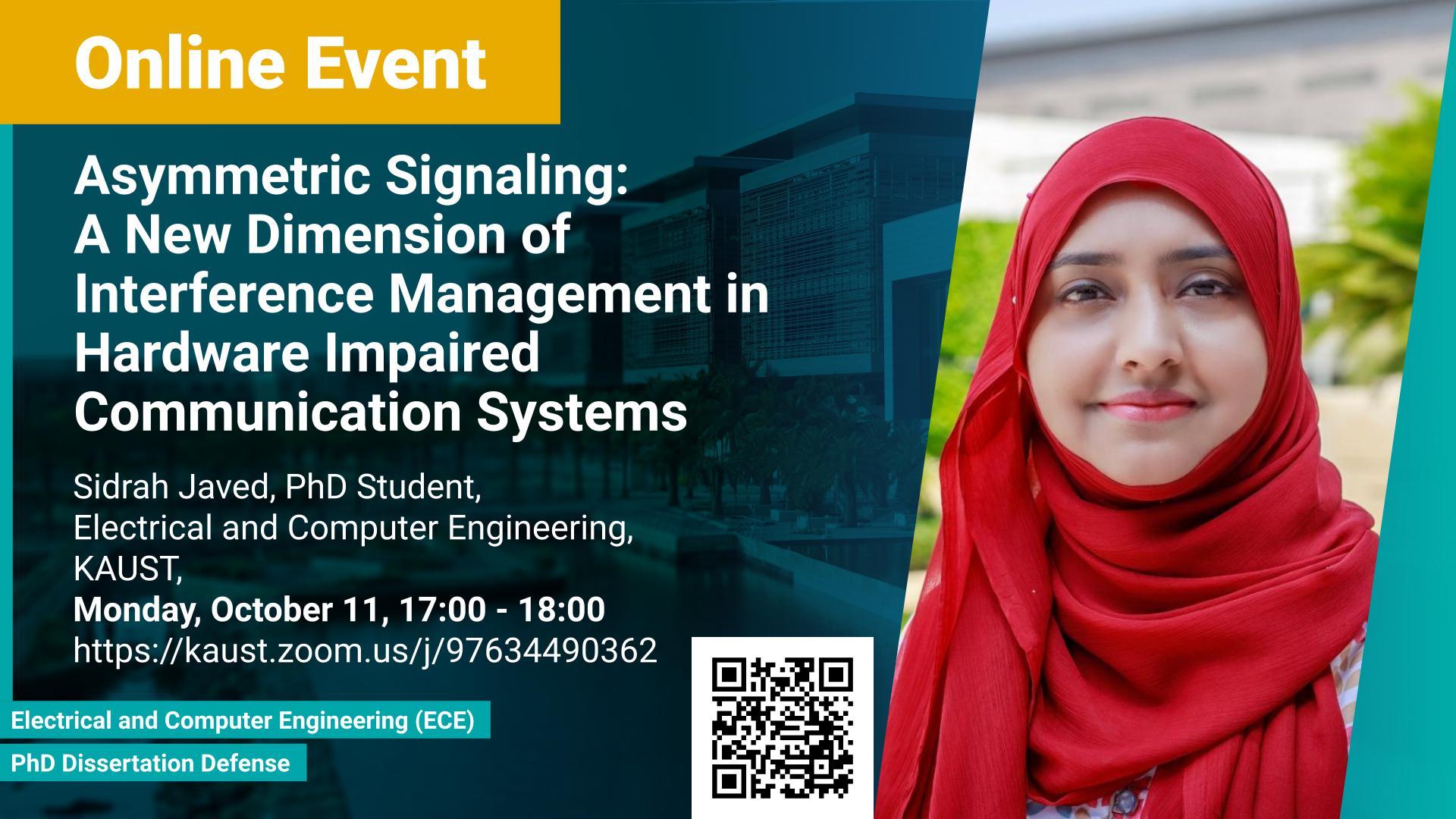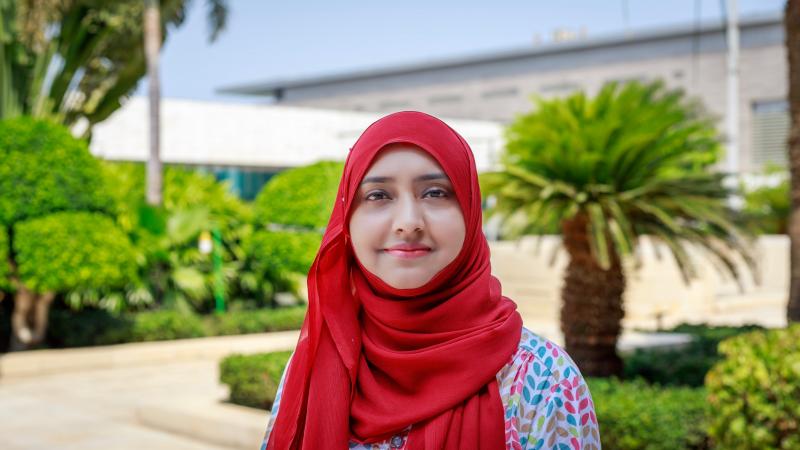Abstract
Hardware impairments (HWIs) impose a huge challenge on modern wireless communication systems owing to the characteristics like compactness, least complexity, cost effectiveness and high energy efficiency. Numerous techniques are implemented to minimize the detrimental effects of these HWIs, however, the residual HWIs may still appear as an additive distortion, multiplicative interference, or an aggregate of both. Numerous studies have commenced efforts to model one or the other forms of hardware impairments in the radio frequency (RF) transceivers. Many presented the widely linear model for in-phase and quadrature imbalance (IQI) but failed to recognize the impropriety induced in the system because of the self-interfering signals. Therefore, we have presented not only a rigorous aggregate impairment model along with its complete impropriety statistical characterization but also the appropriate performance analysis to quantify their degradation effects. Latest advances have endorsed the superiority of incorporating more generalized impropriety phenomenon as opposed to conventional propriety.
In this backdrop, we propose the improper Gaussian signaling (IGS) to mitigate the drastic impact of HWIs and improve the system performance in terms of achievable rate and outage probability. Recent contributions have advocated the employment of IGS over traditional proper Gaussian signaling (PGS) in various interference limited scenarios even in the absence of any improper noise/interference. It is pertaining to the additional degree of freedom (DoF) offered by IGS, which can be optimized to reap maximum benefits. This reduced-entropy signaling is the preferred choice to pose minimal interference to a legitimate network yielding another mechanism to tackle undesired interference. Evidently, the incorporation of both inherent and induced impropriety characteristics is critical for effective utilization. Most of the recent research revolves around the theoretical analysis and advantages of improper signaling with minimal focus on its practical realization. We bridge this gap by adopting and optimizing asymmetric signaling (AS) which is the finite discrete implementation of the improper signaling. We propose the design of both structural and stochastic shaping to realize AS. Structural shaping involves geometric shaping (GS) of the symbol constellation using some rotation and translation matrices. Whereas, stochastic shaping assigns non-uniform prior probabilities to the symbols. Furthermore, hybrid shaping (HS) is also proposed to reap the gains of both geometric and probabilistic shaping. AS is proven superior to the conventional M-ary symmetric signaling in all of its forms. To this end, probabilistic shaping (PS) demonstrates the best trade-off between the performance enhancement and added complexity. This research motivates further investigation for the utilization of impropriety concepts in the upcoming generations of wireless communications. It opens new paradigms in interference management and another dimension in the signal space. Besides communications, the impropriety characterization has also revealed numerous applications in the fields of medicine, acoustics, geology, oceanography, economics, bioinformatics, forensics, image processing, computer vision, and power grids.
Brief Biography
Sidrah Javed (S'16) received the B.E. degree in Electrical (Telecommunication) Engineering from National University of Science and Technology (NUST), Pakistan, in 2012. From 2012 to 2015, she has worked as a Research Engineer in National Radio and Telecommunication Corporation, Pakistan. She is currently pursuing M.S./Ph.D. degree at the Computer, Electrical and Mathematical Sciences & Engineering (CEMSE) Division, King Abdullah University of Science and Technology (KAUST). Recently, she has been a traveling scholar at The University of Manchester. Her research interests lie in signal processing and wireless communication systems especially hardware-constrained communications, cooperative communications, interference management, improper signaling, and asymmetric modulation. She has also been working on aerial communication especially HAPS to connect the unconnected.

